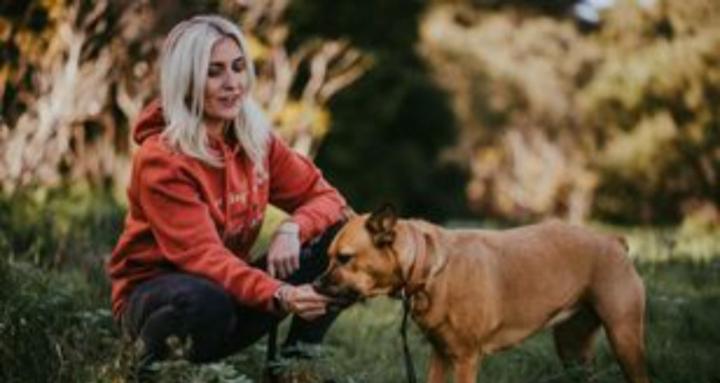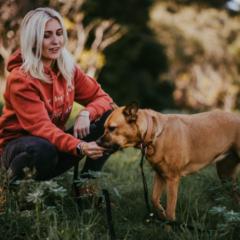Jul 21 (edited) • Resource Guarding & Safety
Resource Guarding Begins in the Brain — Not in Bad Behavior.
What if I told you…
Resource guarding doesn’t start with the item — it starts with the fear of losing it.
And that fear is wired deep in the brain.
Guarding behaviors are rooted in the emotional centers of survival — the same systems that process threat, pain, and scarcity.
It’s not about being “spoiled” or “dominant.”
It’s about a dog who feels unsafe — afraid that something they need might disappear.
You might see:
Growling when approached near food or toys
Freezing or hovering near high-value chews
Hiding items, tensing up, or reacting to touch
Guarding a person, a bed, or even a specific room
These dogs aren’t being “difficult.”
They’re responding to an internal alarm — shaped by early experience, genetics, deprivation, pain, or trauma.
📎 Inside the Multi-Dog Household guide, you’ll find:
✔ Why some dogs guard and others don’t
✔ Practical, science-backed strategies to reduce conflict
✔ Safe feeding, rest, and management set-ups
✔ How to help your dog feel safe enough to share — or walk away
This post is here to help you unlearn the myths and understand the meaning behind the behavior.
📬 Drop your story or question below — and let’s look at it through a lens of safety, not control.
2
2 comments
powered by

skool.com/canine-conversations-5016
The Learning Hub: A safe place for guardians and trainers offering ethical, science-based support for canine aggression and behaviour.
Suggested communities
Powered by
